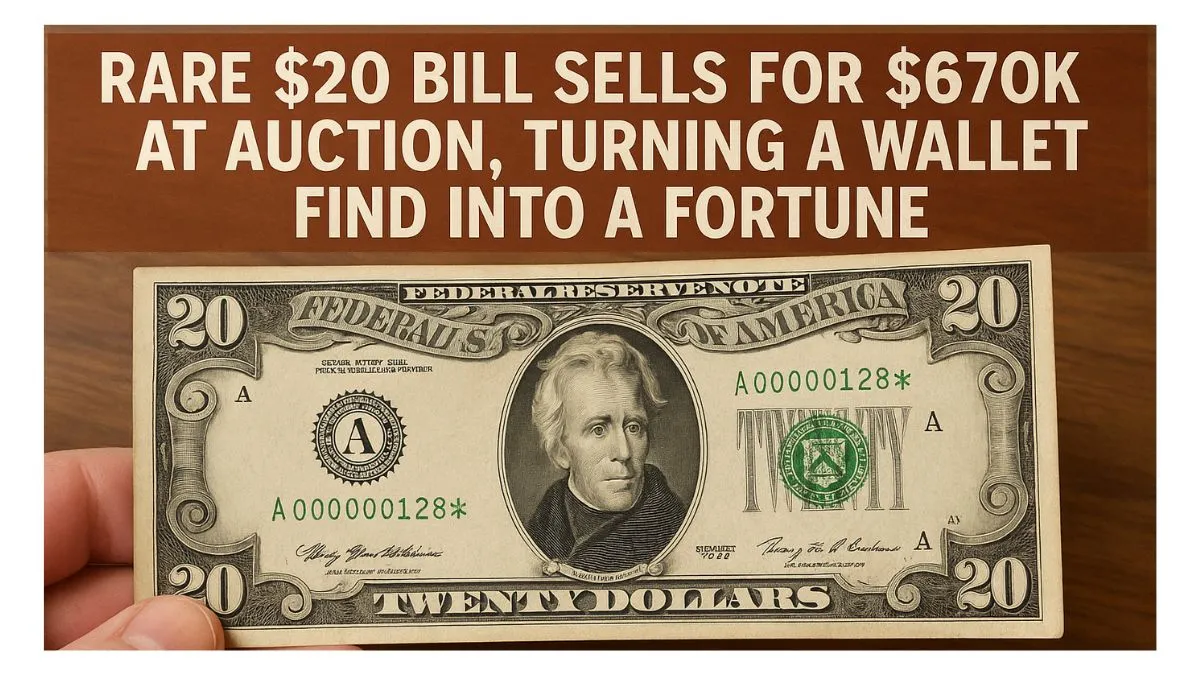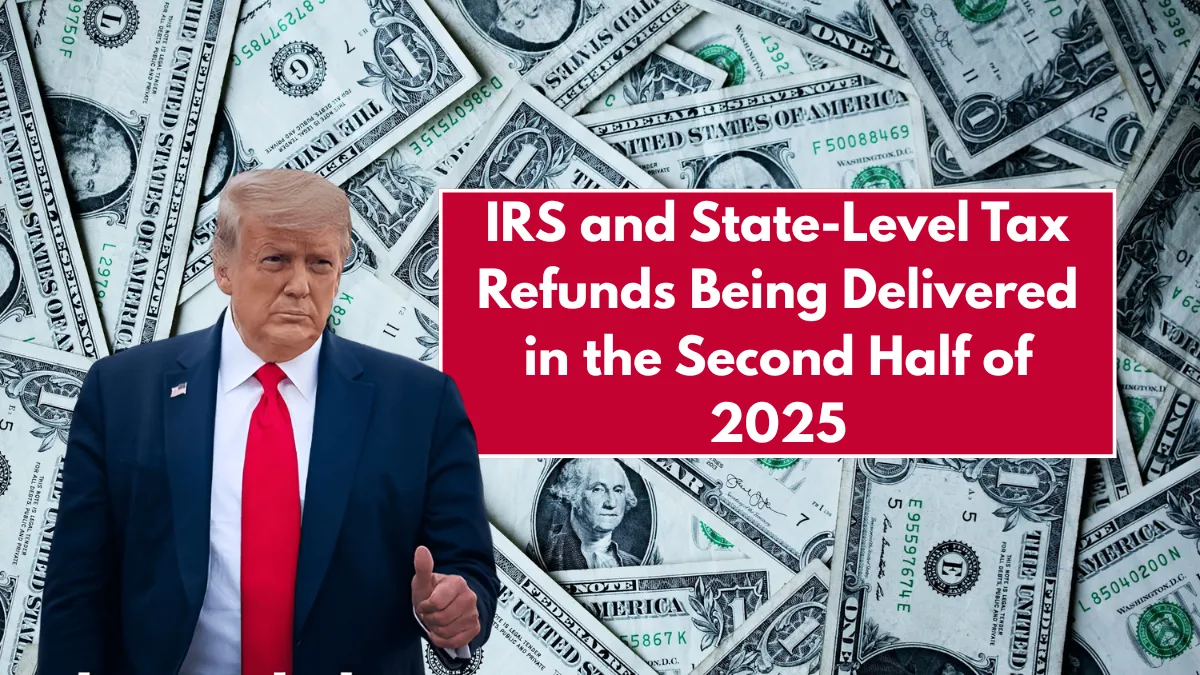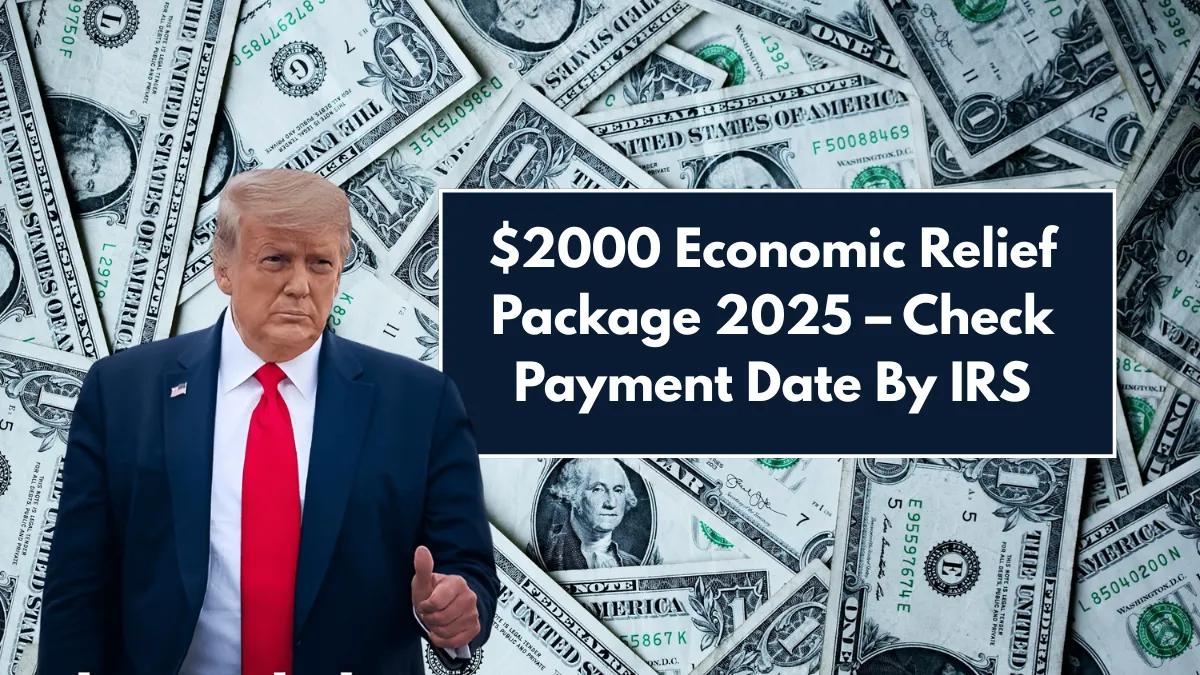In an astonishing turn of events, a seemingly ordinary $20 bill has transformed into a monumental windfall, fetching a staggering $670,000 at a recent auction
A routine piece of currency has made headlines after it was sold for an unbelievable $670,000, turning a regular financial transaction into an incredible payoff. This unexpected outcome highlights the unpredictable world of rare currency collecting and the hidden gems that can be found in everyday cash.
The Discovery: From Wallet to Wealth
This extraordinary $20 bill came to light when its owner stumbled upon it inside their wallet. At first glance, it appeared completely normal. But a closer look revealed several distinguishing characteristics that made this particular note stand out from standard currency.
What Makes This $20 Bill So Valuable?
The value of this bill was driven by a combination of unique factors. First, it featured a rare misprint caused by a printing misalignment, making it a one-of-a-kind error note. Second, the bill was produced during a shift in currency design, giving it historical importance. Third, its nearly pristine condition significantly increased its appeal to collectors. Lastly, growing interest in rare and error notes has inflated prices in the collectibles market.
Auction Details: The $670,000 Sale
Presented at a top-tier currency auction house, this $20 bill became the center of a heated bidding war. As collectors vied for ownership, the final bid reached an astonishing $670,000—an all-time high for a bill of this denomination.
Understanding the Market for Rare Currency
The collectible currency market has seen rapid growth, with ordinary bills turning into high-value assets. Both collectors and investors are drawn to the sector, intrigued by the possibility of significant returns and the allure of owning a historic artifact.
Factors Influencing Currency Value
Several key elements determine the worth of a bill. Rarity plays a major role—the scarcer the note, the higher the value. Its physical condition also matters, as bills in better shape are more coveted. Historical connections can elevate a bill’s status, and the level of interest from collectors often pushes prices higher.
The Role of Auctions in Determining Value
Auctions act as the price-setting arena for rare notes, offering an open platform for buyers and sellers to negotiate. These events reflect the current demand and help establish benchmarks for the value of exceptional pieces.
Implications for Everyday Currency Holders
This historic sale is a wake-up call to check the cash in your pocket. Unique or flawed currency could be worth a lot more than its face value. With a little attention to detail, everyday people might discover valuable notes hiding in plain sight.
FAQs
What makes a $20 bill rare?
A $20 bill becomes rare due to printing mistakes, historical associations, or unusual serial numbers that set it apart from standard issues.
How can I determine if my currency is valuable?
To find out if a bill has worth beyond its face value, consider having it examined by a currency expert or numismatist. Look for printing flaws, low print numbers, or standout serials.
Where can I sell rare currency?
You can sell collectible bills through trusted auction houses, specialty dealers, or online marketplaces focused on currency and numismatics.
Robby is a dedicated finance blog writer with a talent for breaking down financial concepts into clear, actionable advice. He covers everything from debt management and credit tips to investing and retirement planning, helping readers make confident money decisions. Robby's goal is to educate and inspire others to build lasting financial health.





